How do we prevent/treat for the smokybrown cockroach?
- First and foremost, check the attic or crawlspace
- Secondly, apply a granular insect bait in the attic or crawlspace
- Thirdly, look for cracks and gaps where they can be getting into the structure
- Fourth, gain control by sealing potential access points and having a professional treat with a liquid residual insecticide under the eaves, around windows, and the foundation
Smokybrown cockroach activity can sometimes be identified by their fecal spots. While sometimes the droppings can resemble mouse droppings, their activity can also be identified by fecal smears on surfaces (see below).
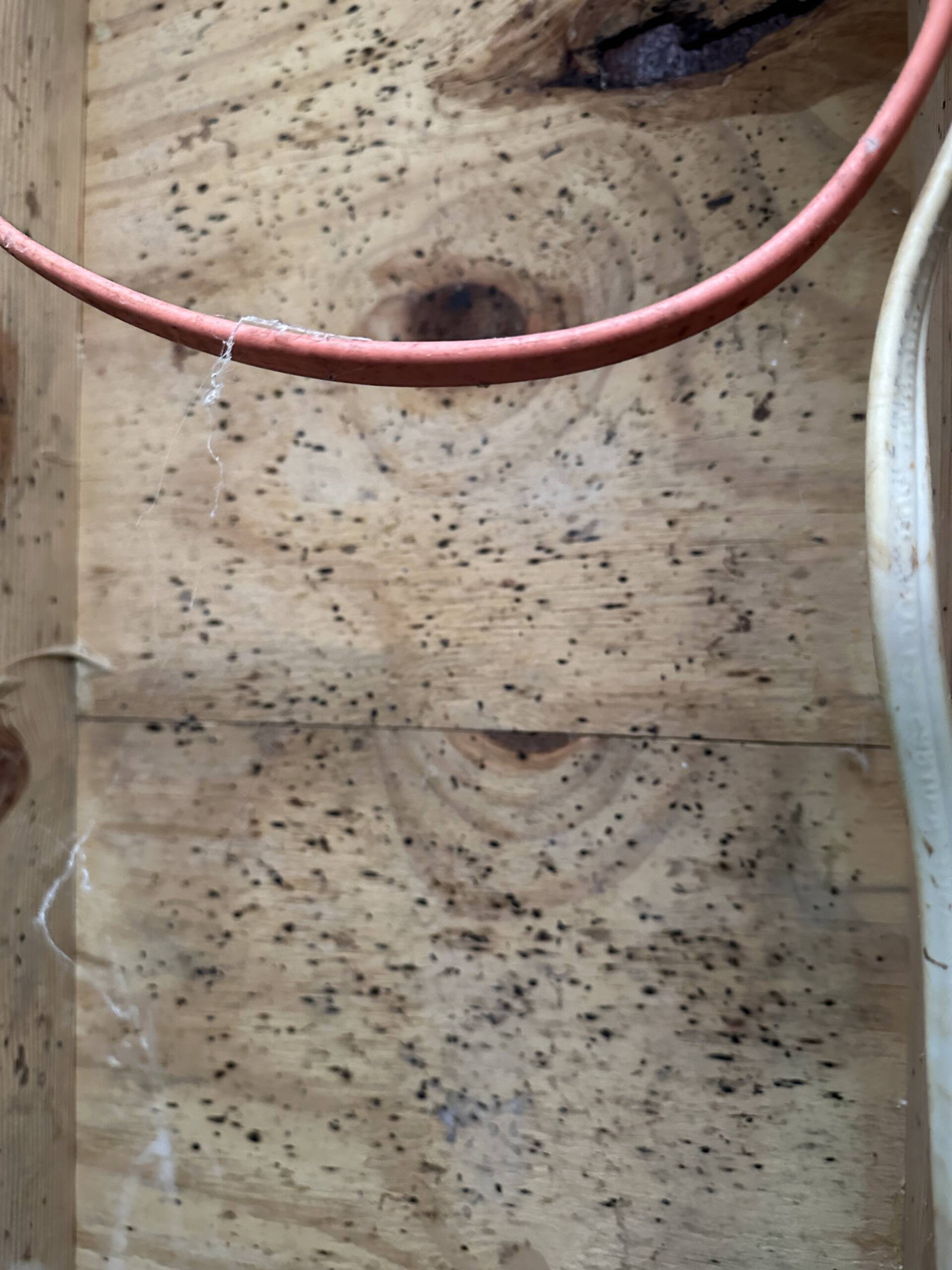
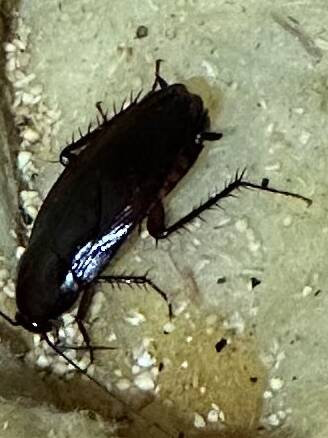
The Smokybrown Cockroach
Normally An Outdoor Pest- The Smokybrown Cockroach
The smokybrown cockroach, Periplanata fuliginosa (Serville), is a somewhat large peri-domestic cockroach. A peri-domestic cockroach is a cockroach that most of the time can live and breed outdoors, but sometimes they can inhabit the living spaces of a building. This is an important term to know, whereas domestic cockroaches live and breed solely indoors. A great example of a domestic cockroach is the German cockroach. German cockroaches cannot live and breed outdoors- they solely depend on indoor environments to survive.
Smokybrown cockroaches have a dark mahogany color and can be a little longer than an inch in size as an adult. Both males and females have wings and can readily fly. A smokybrown cockroach has a lifespan of approximately 200 to 300 days. Females typically glue their egg cases to surfaces. Their dark egg cases can readily be seen in cracks and crevices when inspecting a home which has smokybrown activity.
These egg cases can hold 24 eggs each, and adult female smokybrowns produce about 17 egg cases in their lifetime. These cockroaches normally feed on plant matter outside and other decaying organic matter. They can gain access indoors by either being brought in on firewood or other items stored outside, they can gain access around gaps in windows and eaves, or they can gain access by entering open garages. (Source: Truman’s Scientific Guide to Pest Control, 2021).
Smokybrown cockroaches are prevalent through the areas that we service in Georgia- Cleveland, Dahlonega, Dawsonville, and Cumming! Read below for some ways to identify their activity and understand why you are dealing with these cockroaches.
Case Study
One recent situation came to mind as I wrote about these cockroaches. This is an all-too-common situation where a home had many openings into the attic space, allowing smokybrown cockroaches to breed un-checked.
- The home in question had many openings to the outside when viewed through the attic space. While insecticides are great, relying on granular insect baits and sealing access points helps to see long term results. See below for some images that stood out in this situation.
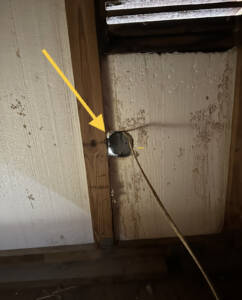
Find Daylight
There were many spots like this inside of the attic. It is important to try and seal items like this as much as possible.
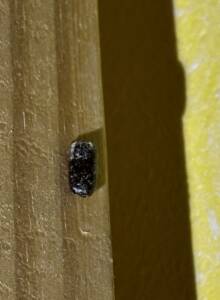
Look For Signs
Here is an example of a smokybrown egg case glued to a surface.
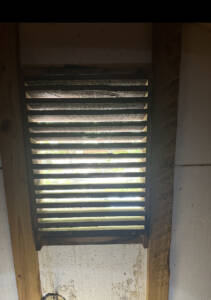
Gable Vents
This gable vent was wide open to the outside. In addition to allowing cockroaches access, it could also allow bats into the attic.
If you are interested in learning more about these and other similar cockroaches, visit the University of Georgia’s website by clicking here!
If you find yourself needing pest control and/or help with smokybrown cockroaches, contact Grace Valley Pest Control today! We service the Cumming, Dahlonega, Dawsonville, and Cleveland areas of Georgia. We offer commercial and residential services to fit your needs!
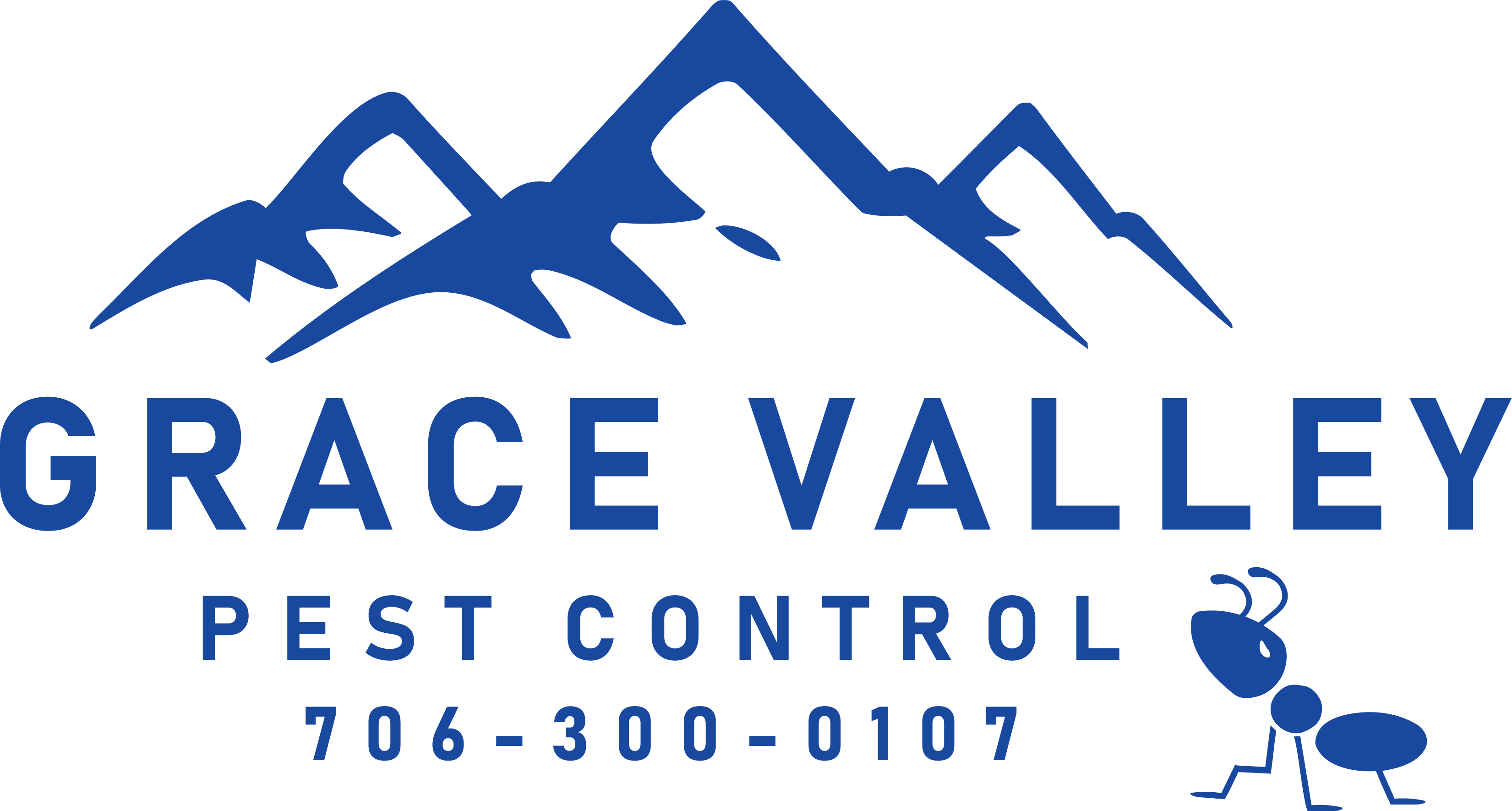
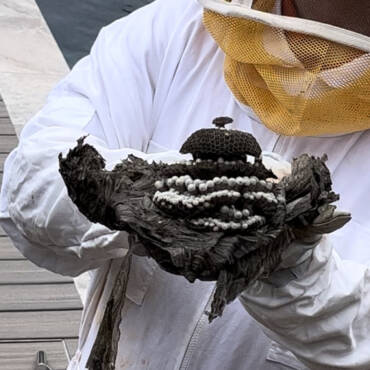
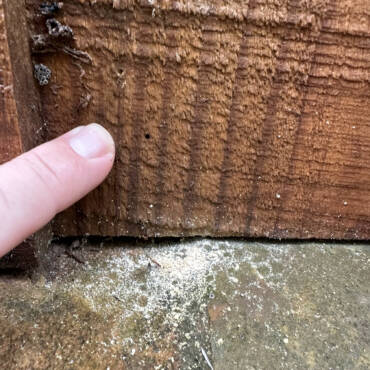
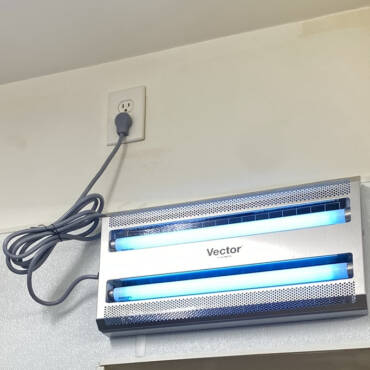
Add Comment